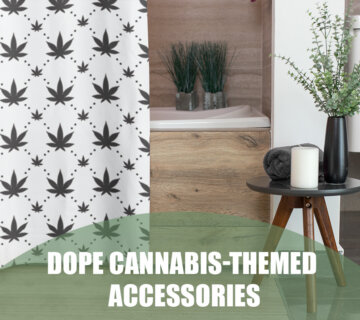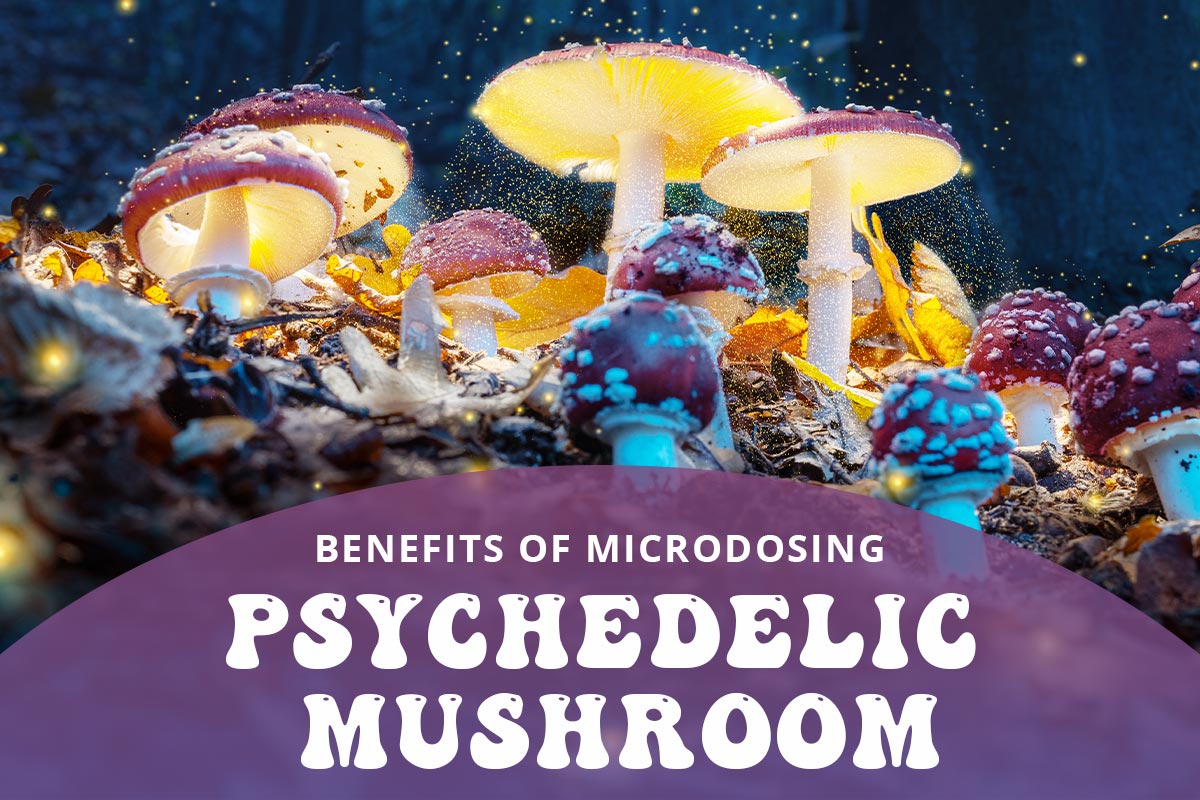Exploring the Influence of the 60s and 70s on Modern Trends
The 60s and 70s were a transformative period of cultural, social, and artistic change – a time when the counterculture movement in America sparked new ideas and perspectives that still influence modern fashion and art. Today, we’re experiencing a revival of hippie fashion and psychedelic art as modern trends that pay homage to the groovy aesthetics of this iconic era. From tie-dye prints to bell-bottom pants, flower crowns to beaded jewelry – these vintage styles have never been more popular among young people looking for bold forms of self-expression. In this article, we’ll explore the resurgence of these old-school designs, tracing their roots back to the free-spirited vibe that defined an era not so long ago but far away from the present day.
The Roots of Hippie Fashion and Psychedelic Art: A Look Back at the 60s and 70s
The roots of hippie fashion and psychedelic art can be traced back to the 1960s and 70s – a time when peace, love, and freedom were at their core. Looking for ways to break free from societal norms and conventions, young people began experimenting with bright colors, flowing fabrics, and eye-catching prints that symbolized their rebellious spirit. This resulted in an explosion of vibrant clothing styles such as kaftans, maxi dresses, fringe jackets, and embroidered tunics. Psychedelic art also emerged during this era as artists sought to capture the mind-bending experience of hallucinogenic drugs like LSD. Bright colors and bold patterns infused with surreal imagery dominated this artistic style that celebrated spontaneity over traditional technique. These creations often featured swirling shapes reminiscent of tie-dye patterns or incorporated images from nature such as flowers or mushrooms.
Today’s revival of these vintage styles is a nod to the cultural significance they hold in shaping modern self-expression through fashion and art. With each new generation comes a reinterpretation of these iconic trends that continue to inspire creativity while honoring the past.
The Role of Music in Shaping Hippie Fashion and Psychedelic Art
The role of music cannot be understated when it comes to shaping hippie fashion and psychedelic art. The music of the 60s and 70s played an integral part in forging a new culture that defied societal norms and embraced free-spirited expression. Counterculture icons like Janis Joplin, Jimi Hendrix, The Doors, Jefferson Airplane, and Grateful Dead not only provided the soundtrack for this time but also served as fashion inspirations for hippies everywhere. The music-inspired fashion choices of these pioneers were all about being bold – wild prints, bright colors, hard-to-wear silhouettes – anything that stood out from what was considered “normal” at the time. Psychedelic posters with their trippy designs featuring vivid colors and mind-bending typography became synonymous with concert art during this era. Music was just as much a visual experience as an auditory one during this time.
Music’s impact on shaping hippie style extended beyond clothing and art; it defined an entire generation’s ethos- peace, love, unity prevailing over hate war factions aesthetics unifying everyone together encapsulated in a felt sense through sound waves shared by many fans brought together promoting change often working against common problems specific to certain times such as political injustice or social inequality making protesting more accessible safer less violent strengthening communication between communities etcetera altogether helping foster cultural growth challenging expectations mass-produced culture offering something different influenced heavily by life experiences exhibited through song lyrics bringing individuals closer really serving overall empowerment leading into discovery creative self-expression non-conforming attitudes anti-establishment beliefs- creating lasting legacies ingrained within modern trends inspiring people today beyond just outfits upholding different ideologies serving again reflecting years gone by offering valuable insights wisdom we can find meaning along our own journeys forward-thinking holding onto past connections while supporting newer values yet crafting unique paths along the way.
From Woodstock to Coachella: The Evolution of Music Festival Fashion
From the mud-soaked fields of Woodstock to the sun-drenched desert landscape of Coachella, music festivals have long been a haven for fashionistas seeking to express their bohemian spirit. But it’s not just about stylish outfits anymore – festival fashion has evolved into a full-blown art form that celebrates diversity, individuality and creativity. Inspired by the free-spirited attitudes of the 60s and 70s counterculture movement, festival-goers today embrace an eclectic mix of vintage and modern styles. From handmade crochet tops to glittering sequin jackets, platform shoes to oversized sunglasses – there are no rules when it comes to festival dressing.
As we journey through time from Woodstock to Coachella, one thing becomes clear – music festival fashion is more than just a trend. It’s an ever-changing tapestry that reflects our society’s desire for self-expression and freedom. And as we move forward into a new era, who knows what innovative creations will emerge from this magical world of music and style?
The Return of Tie-Dye: How a Classic Print Became a Modern Trend
The return of tie-dye is a perfect example of how iconic fashion trends from the 60s and 70s have come full circle. Tie-dying clothing was popular during this time period as a way for people to add their own unique twist to their attire, but it wasn’t until recently that tie-dye truly became a modern trend. The colorful swirls and intricate patterns of tie-dye are now seen on everything from t-shirts to dresses – an explosion of color that adds personality and flair to any outfit. Modern-day brands have taken note of the resurgence in hippie fashion and psychedelic art, using these styles as inspiration for new collections. Even high-end designers such as Chanel and Prada are incorporating groovy aesthetics into their runway shows. Tie-dye is no longer just reserved for those who seek out vintage shops; it’s become mainstream enough that it can be found in almost any store or online retailer today.
The revival of hippie fashion marks a reclamation by millennials seeking freedom through self-expression with bold prints, bright colors, fringe accents, floral headbands – embracing an age-old desire through these symbolic representations while adding personal elements like tattoos, music preferences or cultural influences reflecting our present environment While this movement may be seen as nostalgic by some, its continuation demonstrates the lasting impact the counterculture era had on American society: social change necessarily coupled with artistic revolution becoming part-and-parcel thereof within every aspect extending beyond mere fabric selection down into attitudes concerning love vs war–all matters affected greatly during one’s coming-of-age journey thus explored so compellingly within this article!
Groovy Accessories: Beads, Fringe, and Flower Crowns
Groovy accessories like beads, fringe, and flower crowns were essential elements of the hippie fashion movement in the 60s and 70s. These colorful adornments added a touch of bohemian whimsy to any look – from long flowing dresses to denim cutoff shorts. Beads were strung into necklaces, bracelets, and earrings made from natural materials like wood or minerals. Fringe accentuated everything from leather vests to handbags with its playful movement. The quintessential accessory of this era was undoubtedly the flower crown – a bohemian headpiece full of vibrant blossoms that perfectly captured free-spirited sentimentality. A symbol for peace and love, these headdresses became synonymous with counterculture activism as popularized by artists such as Janis Joplin or Jimi Hendrix who often sported them on stage during performances. Nowadays, flower crowns have become an iconic festival staple worn at music festivals around the world, continuing to embody the essence of freedom and individuality that defined their origins so well.
DIY Culture: How Hippie Fashion and Psychedelic Art Inspire Creativity
DIY culture has been a driving force behind the revival of hippie fashion and psychedelic art. The do-it-yourself mindset of the counterculture movement emphasized creating unique, original pieces that reflected personal values and beliefs. Today’s generation continues to embrace this ethos by incorporating handmade or thrifted items into their wardrobes, infusing each look with bohemian flair.The DIY spirit also fuels experimentation with psychedelic art forms. Bold colors, organic shapes, and surreal imagery are all hallmarks of this style, which draws inspiration from mind-altering experiences and explores our relationship to the universe at large. This reimagining of reality in vibrant hues incites profound creativity – encouraging artists everywhere to explore their innermost thoughts through expressive brushstrokes or graphic design. By embracing these aesthetics, we honor an era when people were given permission to be weird and free-spirited as they sought alternative ways of living harmoniously with one another and the environment around them.
From Runway to Street Style: How Modern Fashion Embraces Hippie Trends
From the runway to street style, it’s evident that modern fashion is embracing the hippie trends of the 60s and 70s. The psychedelic prints, flowing silhouettes, and effortless layering are all making a comeback in today’s fashion world. It’s easy to see why – these vintage styles offer bold forms of self-expression and resonate with our desire for cultural change.Ethereal dresses adorned with intricate embroidery or vibrant tie-dye patterns can be seen sashaying down runways around the globe. Flowing tunics paired with wide-leg pants have become staples on city streets as well as festival grounds. The revival of bohemian-inspired jewelry such as fringed earrings or chunky turquoise necklaces also adds a touch of whimsy and nostalgia to any outfit.
Furthermore, designers are collaborating with artisan communities worldwide to create sustainable collections that celebrate traditional crafting techniques such as batik printing or macramé weaving. This not only showcases their skills but also honors cultural heritage while promoting ethical values within the industry.
In essence, contemporary fashion has gone back in time to find inspiration from an era when people stood up for their beliefs regardless of societal norms; where freedom was valued over conformity – this is what makes hippie fashion so relevant today. The cross-generational appeal demonstrates just how timeless these styles truly are and will continue influencing future trends for years to come.
Hippie Fashion and Psychedelic Art Today: How Modern Trends are Reviving the Spirit of the 60s and 70s
The spirit of the 60s and 70s is alive and well, as modern fashionistas have resurrected hippie fashion and psychedelic art in today’s cultural landscape. This iconic era of counterculture produced groundbreaking ideas that still impact our society today. Young people are embracing the groovy aesthetics of this transformative period as bold forms of self-expression through clothing lines, accessories, jewelry, shoes and more.From tie-dye prints to bell-bottom pants to flower crowns – retro memorabilia has inspired a whole new generation for timeless appeal. The combination of all these elements creates an artistic atmosphere that evokes an individualistic approach at life – something hippies sought during their time. Owning vintage pieces now means owning history too; it allows people to absorb nostalgia from the past while remaining relevant in contemporary times. Combine this with Psychedelic Art which made use trippy colors between various vibrant shades which gives us artwork that speaks on an emotional level way beyond words.
Overall hailing back to bohemian roots is a trend worth following for its innovative approach towards style trends from back then wrapped up with additional bits of creativity we possess today resulting in appreciating art even more!


